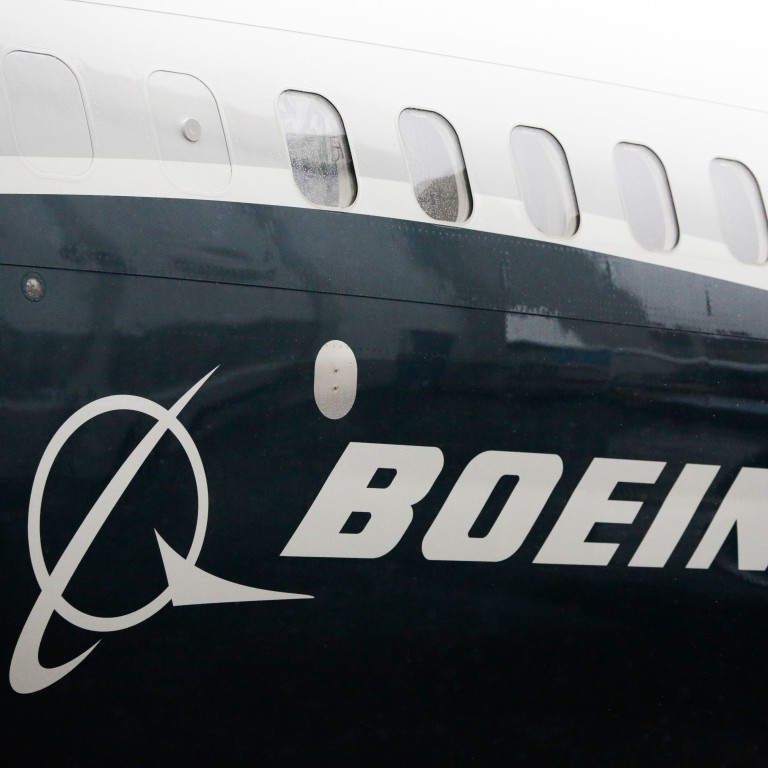
China’s airlines will need 8,700 new planes in next 20 years, Boeing says, costing US$1.47 trillion
- Chinese airlines will need 8,700 new planes through 2040, 1.2 per cent higher than Boeing’s previous prediction of 8,600 planes made last year
- China’s domestic aviation market, although still vulnerable to sporadic local Covid-19 outbreaks, has more or less rebounded to pre-coronavirus levels
Boeing raised its forecast slightly on Thursday for China’s aircraft demand for the next 20 years, betting on the country’s quick rebound from the coronavirus and future growth in its budget airline sector and e-commerce.
Chinese airlines will need 8,700 new planes through 2040, 1.2 per cent higher than its previous prediction of 8,600 planes made last year.
Those planes would be worth US$1.47 trillion based on list prices, the US plane maker said in a statement.
The 1.2 per cent increase contrasted with the 6.3 per cent growth Boeing forecast last year, which made China a bright spot in the aviation market at the height of coronavirus lockdowns worldwide.
Earlier this month, Boeing revised up long-term forecasts for global plane demand on the back of a strong recovery in commercial air travel in domestic markets like the United States.
There are promising opportunities to significantly expand international long-haul routes and air freight capacity
“There are promising opportunities to significantly expand international long-haul routes and air freight capacity,” said Richard Wynne, managing director of China marketing at Boeing’s commercial arm.
“Longer-term, there is the potential for low-cost carrier growth to further build on single-aisle demand.”
Boeing projected a need for nearly 6,500 new single-aisle planes over the next 20 years, while China’s widebody fleet, including passenger and cargo models, will require 1,850 new planes, accounting for 20 per cent of total deliveries.
China’s aviation authority, the first regulator to ground 737 MAX following two deadly crashes, has yet to approve the return of service for the aircraft in the country. China accounts for a quarter of Boeing’s orders of all aircraft.
China will also need nearly US$1.8 trillion worth of commercial services for its aircraft fleet over the 20-year period, company said.

